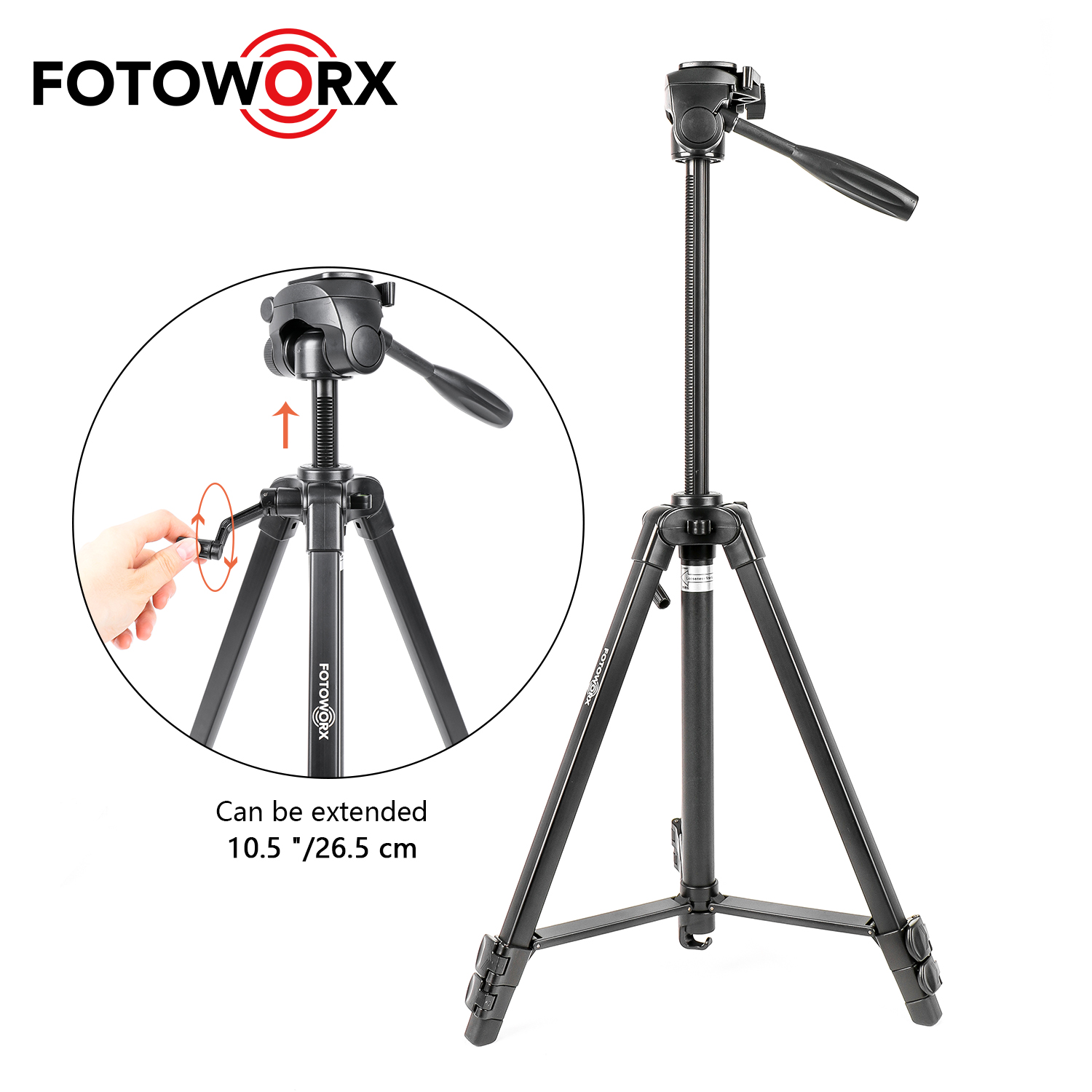



 Exhibition news | IBC 2024
Exhibition news | IBC 2024
 Exhibition Invitation_TPVS 2024 Birmingham UK
Exhibition Invitation_TPVS 2024 Birmingham UK
 Congratulations! Won the MEI Awards-Silver Award of 2023
Congratulations! Won the MEI Awards-Silver Award of 2023
 Autumn Fair | 3-6 September 2023 | NEC Birmingham
Autumn Fair | 3-6 September 2023 | NEC Birmingham
COPYRIGHT © 2020 FOTOWORX ALL RIGHT RESERVED
